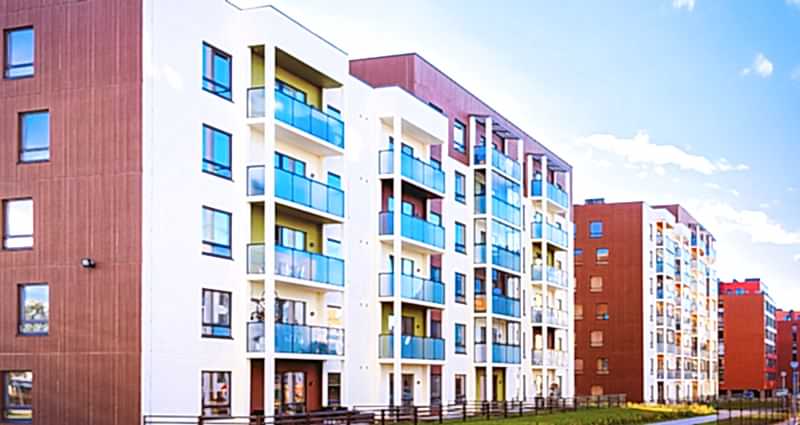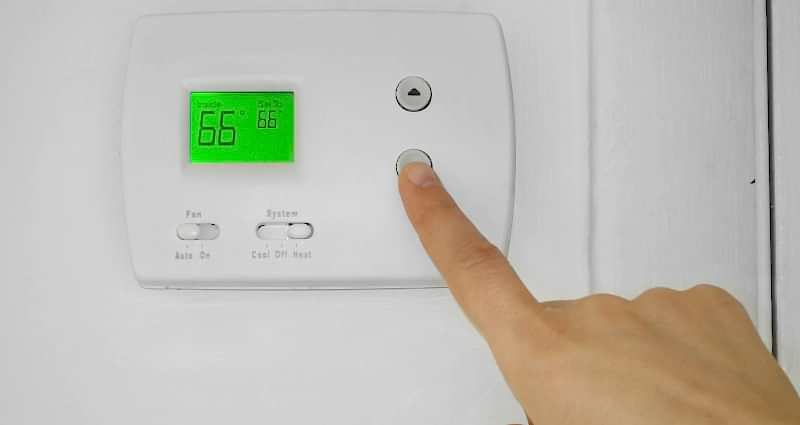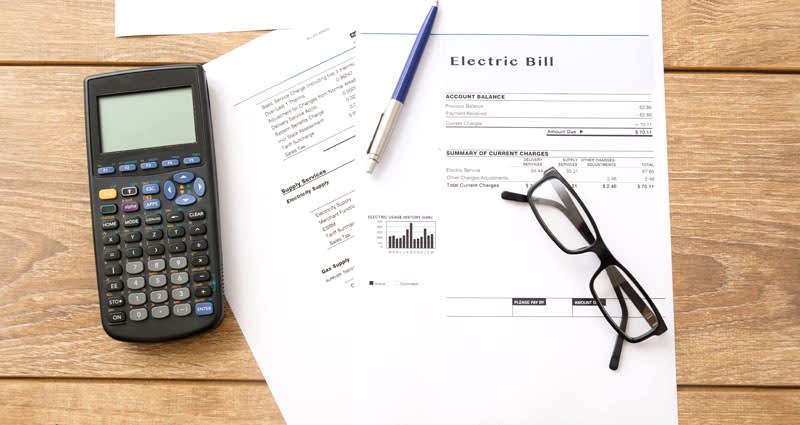1. Plant a shade tree
Planting a shade tree can dramatically improve the temperature control in a home. By blocking the sunlight from entering through windows, shade trees make your entire property more efficient and reduce the energy needed to cool your home in the summer. If you live in a climate that experiences cold winters, a deciduous tree can continue to be your ally in energy efficiency. By shedding its leaves when the cool weather sets in, the tree allows sunlight to hit your home and warm it up a few degrees, reducing the load on your furnace. Evergreens, on the other hand, make for excellent wind blockers in the winter to help keep the frigid air at bay.
2. Use hand tools for yardwork
Replacing the energy use required to operate power tools with the effort necessary for hand tools makes the home more energy efficient and eco-friendly and reduces your outdoor electricity needs. Homeowners who replace weed whackers with clippers, leaf blowers with rakes, and riding lawnmowers with push mowers will not only save money on fuel and create less pollution, but also get some good exercise in the yard. If hand tools won’t get the job done, consider electric tools instead of gas so you can still capture some efficiency improvements.
3. Seek alternative modes of transportation
Instead of burning fuel to make short drives for the sake of convenience, try walking or riding a bicycle as an alternative mode of transportation that is better for you and the environment. For longer trips, consider using public transportation when available.
4. Create compost for gardening
Creating and using a compost pile provides a rich fertilizer for use in a garden. It also saves the energy of running this material through the garbage disposal or, alternatively, the local municipality from having to burn fuel to collect, transport, and process the food waste with other household trash. What’s more, the compost sourced from your kitchen is more environmentally friendly than many other fertilizer options.
5. Research lighting options
Many homeowners leave their yard lights on all evening, wasting energy. While this can promote a sense of safety and security, more energy-efficient alternatives exist that don’t have to sacrifice your comfort. Solar yard lights trap the sun's power during the day and release this power at night in an energy-friendly way that doesn’t require the use of outdoor electricity. Motion-sensor lights turn on only when triggered by movement, and homeowners can always replace existing bulbs with ENERGY STAR models for an efficient way to reduce energy use outdoors.
6. Look into xeriscaping
You don’t need to blow up your water bill to have a fabulous garden. Xeriscaping involves picking out plants adapted to your local climate and landscaping to minimize the amount of maintenance necessary, so the plants require little or no irrigation to thrive on your property. A properly xeriscaped yard involves minimal lawn and, since the selected plants are well-suited to the region, they shouldn’t need fertilizer or insecticides, either.
7. Upgrade your pool
If you have a pool in your yard, make sure to install the latest in efficient filtration, pumping, and heating technology so you minimize the amount of energy and water you have to expend to keep it in swimmable condition. Don’t set the temperature above 80 degrees and try using a solar blanket when the pool is not in use to help keep it warm and prevent evaporation to limit outdoor electricity use.
Energy-saving options exist outdoors just as they do indoors. With a little bit of planning and thoughtful intention, you can transform your outdoor spaces into energy-efficient havens that make a smaller impact on your energy bill and a bigger impact on your wellbeing and enjoyment of everything your home has to offer.




































